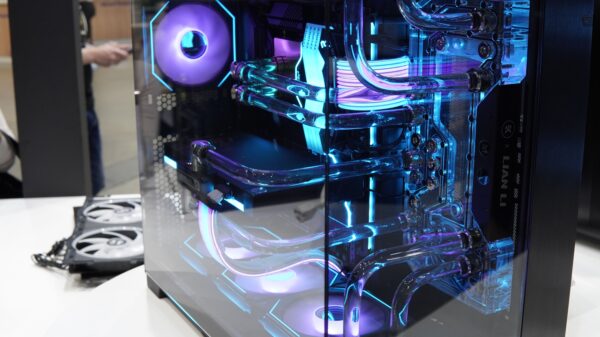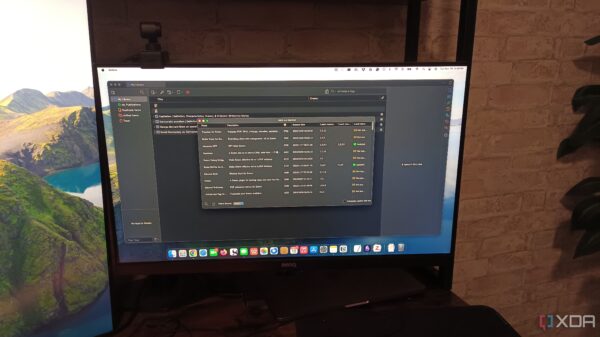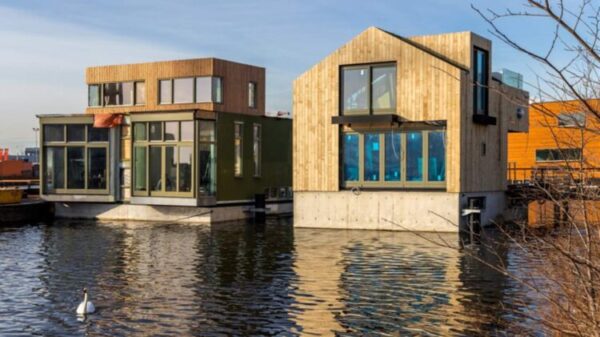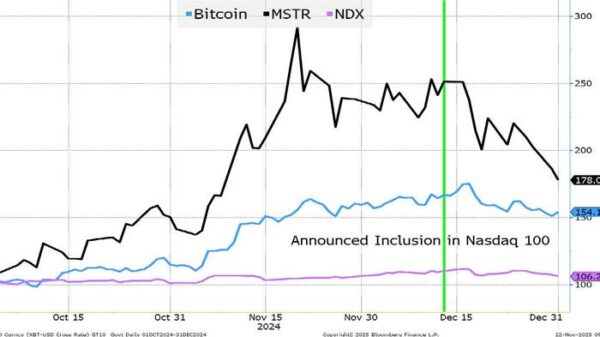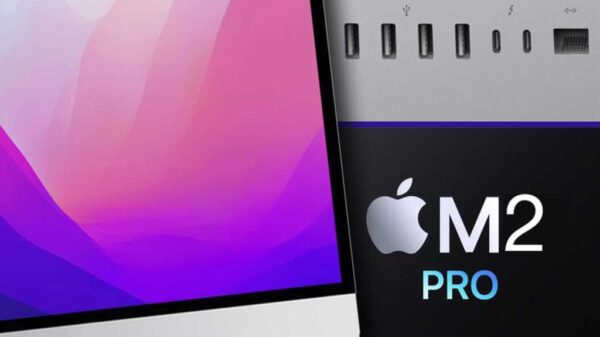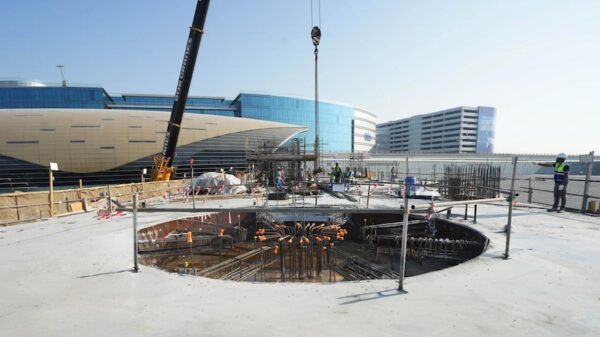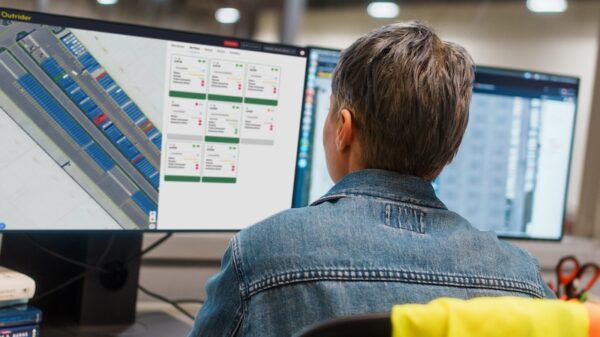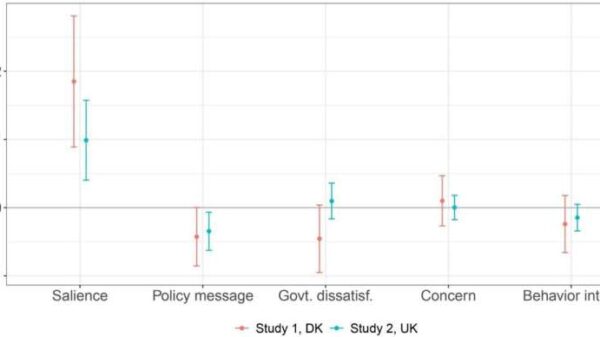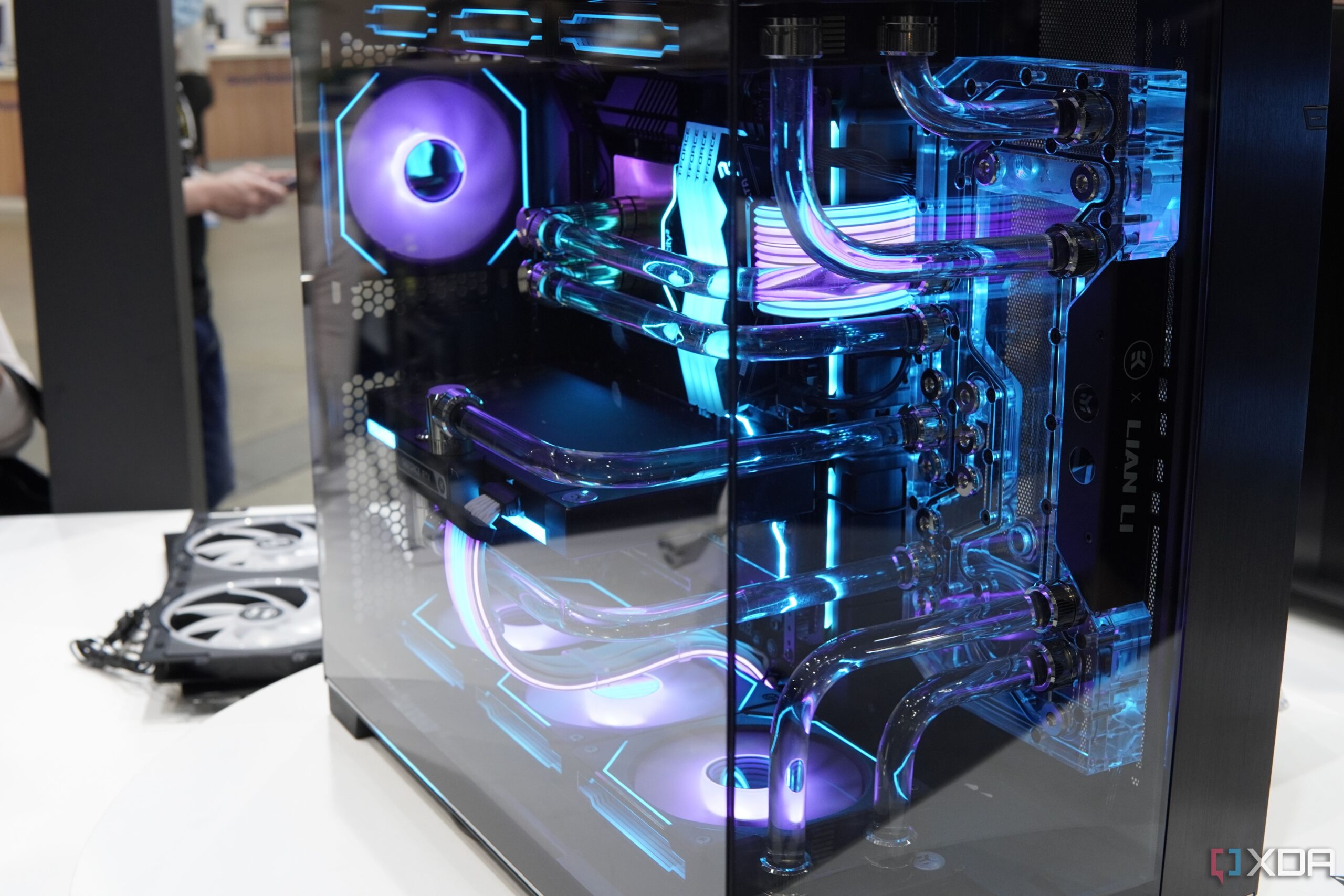UPDATE: The PC case design industry is facing a critical stagnation, with innovation seemingly at a standstill as of October 2023. As consumers browse retailers like Amazon and Best Buy, they encounter a repetitive selection of tempered glass rectangles and mesh fronts, raising questions about the future of PC aesthetics and functionality.
The current state of PC cases may be a symptom of design maturity driven by the 1995 ATX specification, which standardized motherboard dimensions and subsequently shaped case geometry. This standardization has simplified upgrades, yet it has also significantly restricted radical design innovations. With modern components requiring enhanced airflow, the market has converged on high-airflow mesh and all-glass display designs that dominate store inventories today.
The increasing thermal demands of flagship CPUs and GPUs have forced manufacturers to adopt mandatory high-airflow designs, eliminating the beige, sealed cases of the 90s. As a result, cases have evolved to accommodate larger radiators and improved airflow solutions. However, aesthetic choices have also shifted, with full-glass side panels now becoming a staple, even as performance builds necessitate practicality.
While the external appearance of PC cases may seem stagnant, internal designs have undergone a revolution. The relocation of the power supply unit (PSU) from the top to the bottom has not only improved the center of gravity but also enhanced cable management with the introduction of PSU shrouds. These modifications cater to the needs of builders seeking cleaner setups and more efficient airflow.
Despite these advancements, the ATX standard continues to limit creativity, with most designs conforming to rectangular shapes. Innovative features do exist, such as angled motherboard trays from brands like Cougar and reversible cases from LianLi, but the core design remains largely unchanged. Consumers are left with a visual homogeneity in the market, which may feel disappointing for those seeking unique aesthetic appeal.
The rise of 3D printing technology initially sparked hope for more diverse case designs, yet mainstream adoption has fallen short, with few standout models emerging. Major manufacturers appear hesitant to deviate from standardized tooling and production methods, leaving niche markets to fill the gap for custom PC enthusiasts.
While some may view this stagnation as a setback, it can also be seen as a victory for consumers. Today’s PC cases are structurally superior, quieter, cooler, and easier to assemble than ever before. As the market settles into a predictable rhythm, many users are simply grateful for reliable products that ensure compatibility and performance.
What happens next? As the demand for unique designs continues, smaller manufacturers and custom builders may drive the next wave of innovation. For now, however, consumers seem content with the “box” that efficiently houses their components, even if it lacks the flair of radical design advancements.



